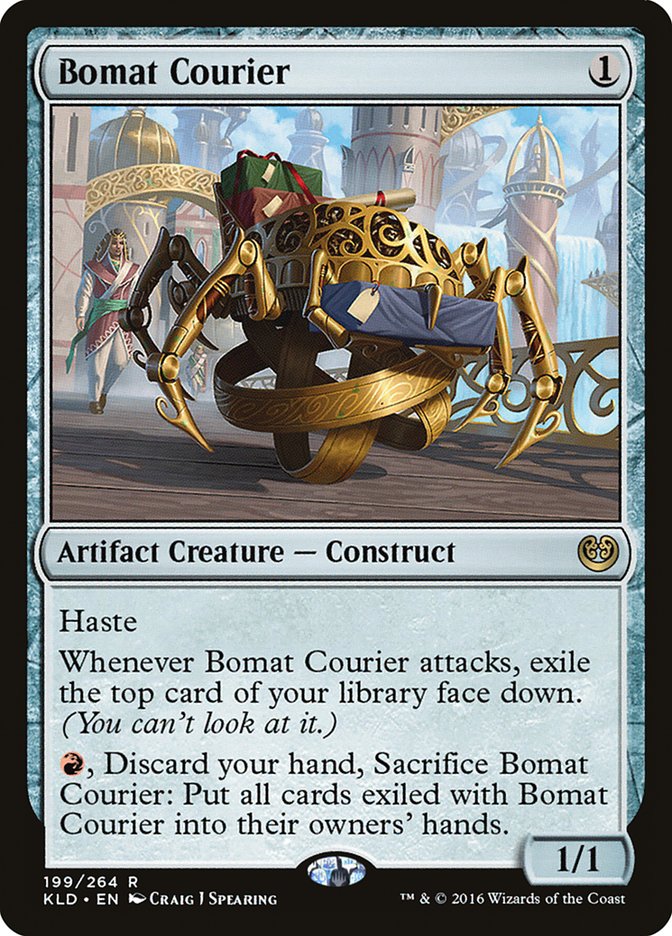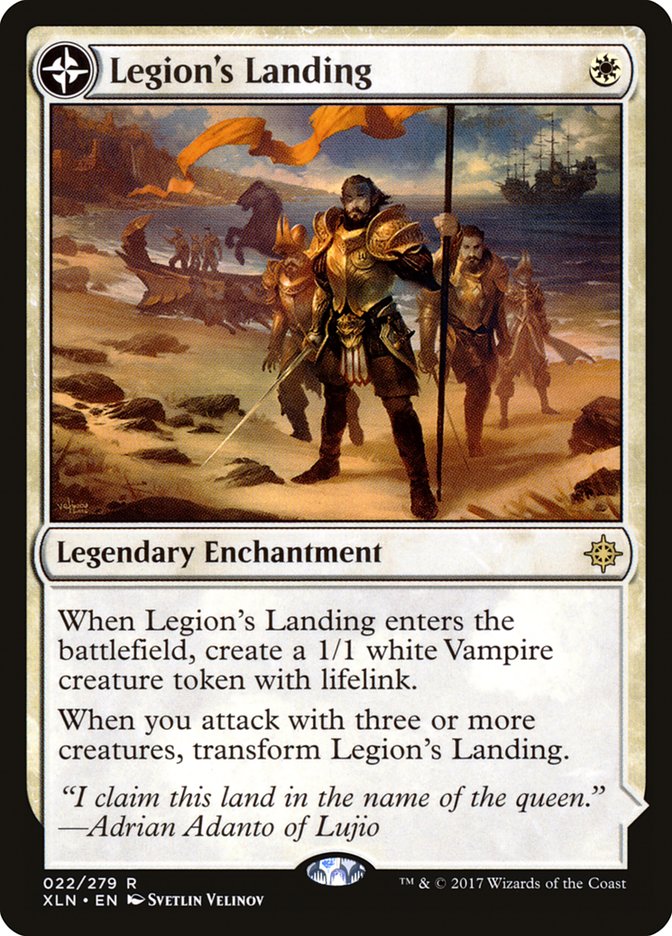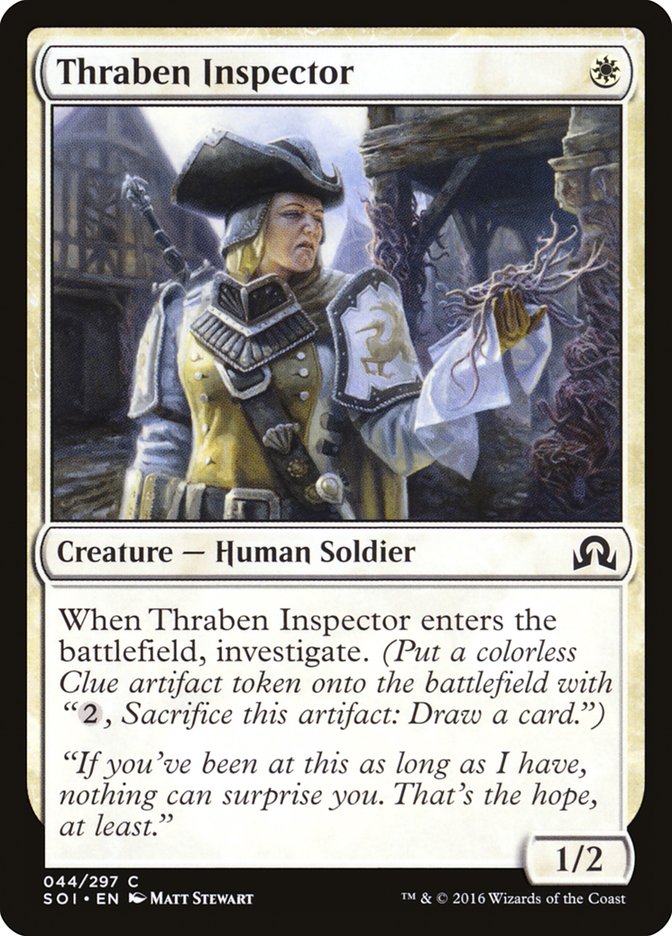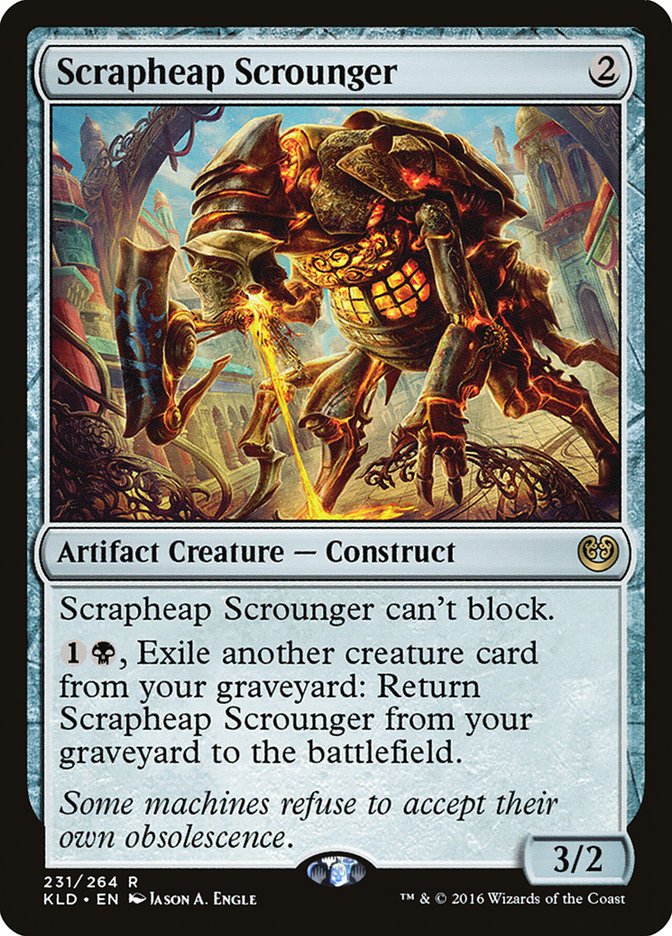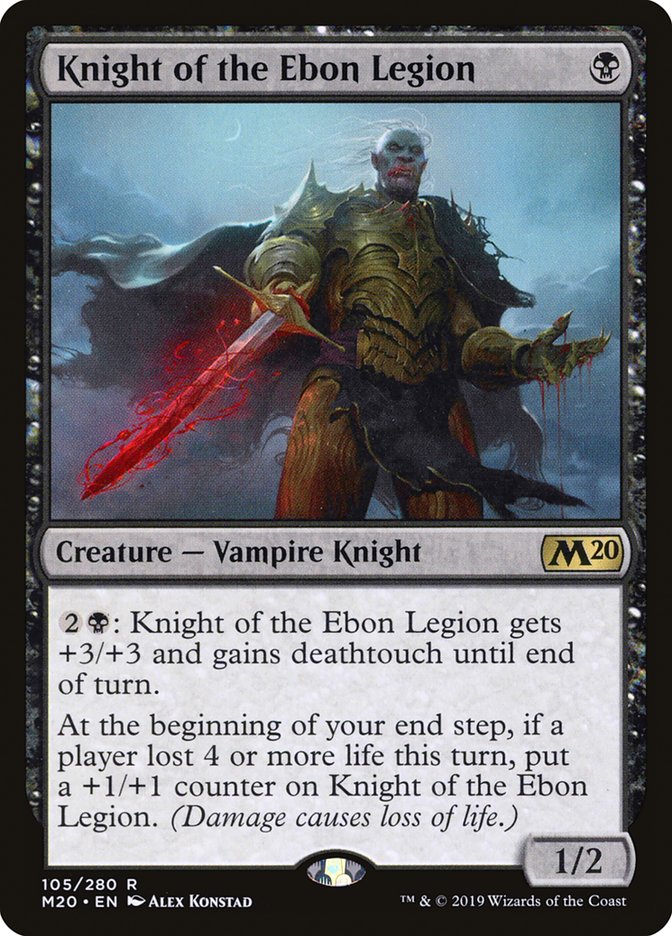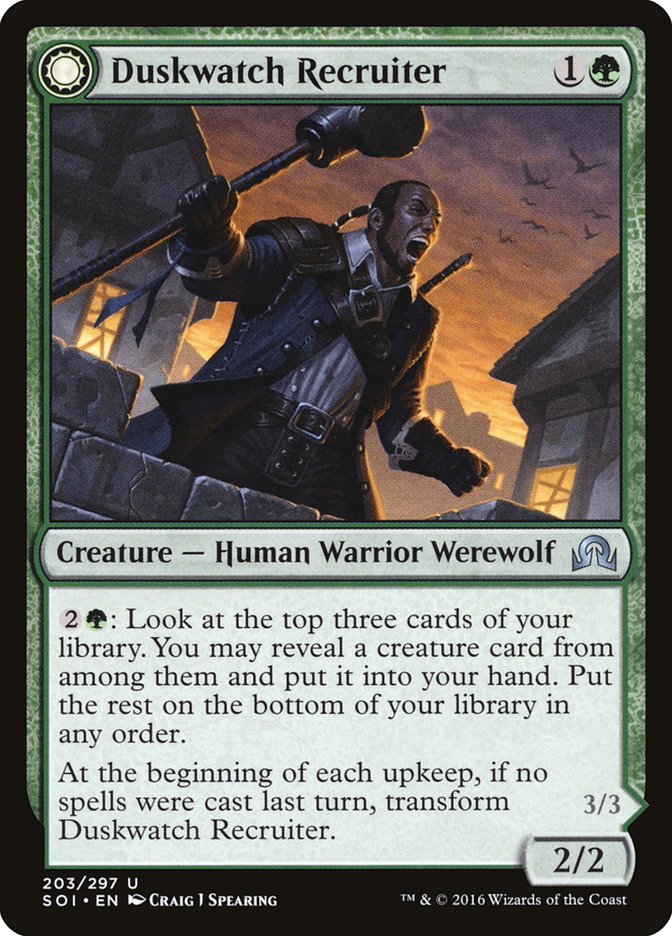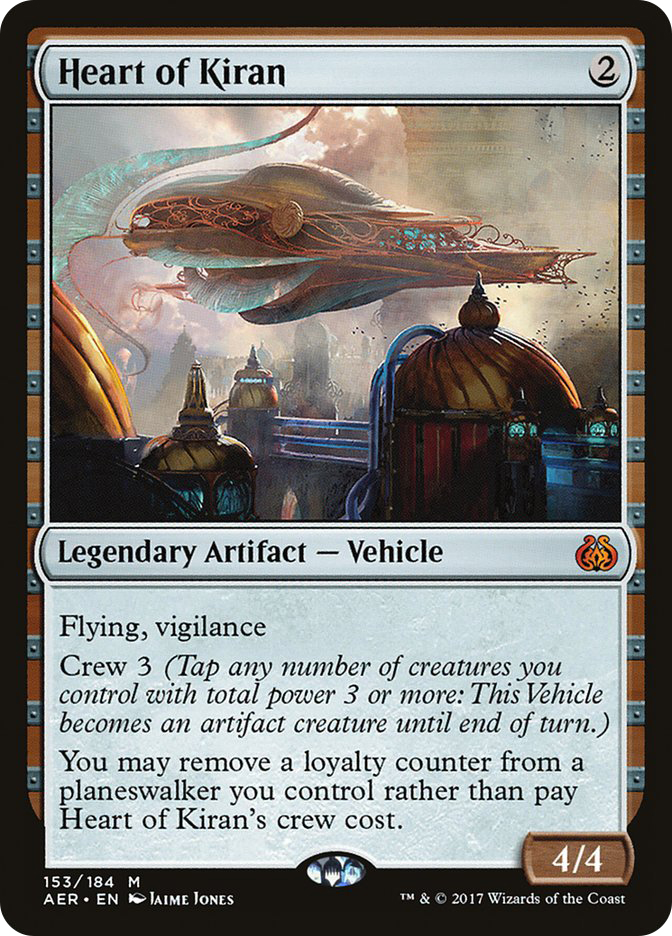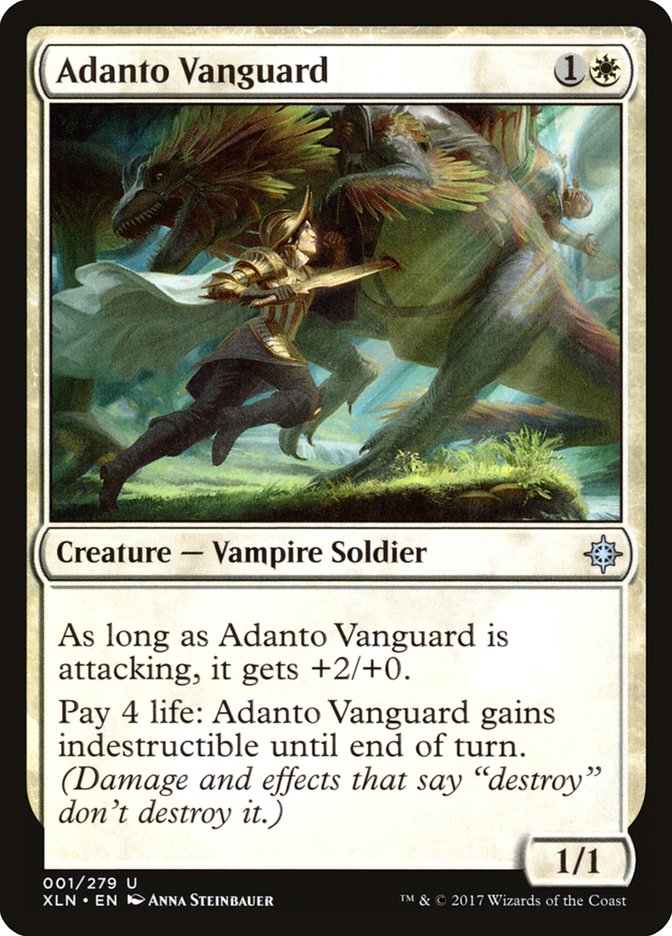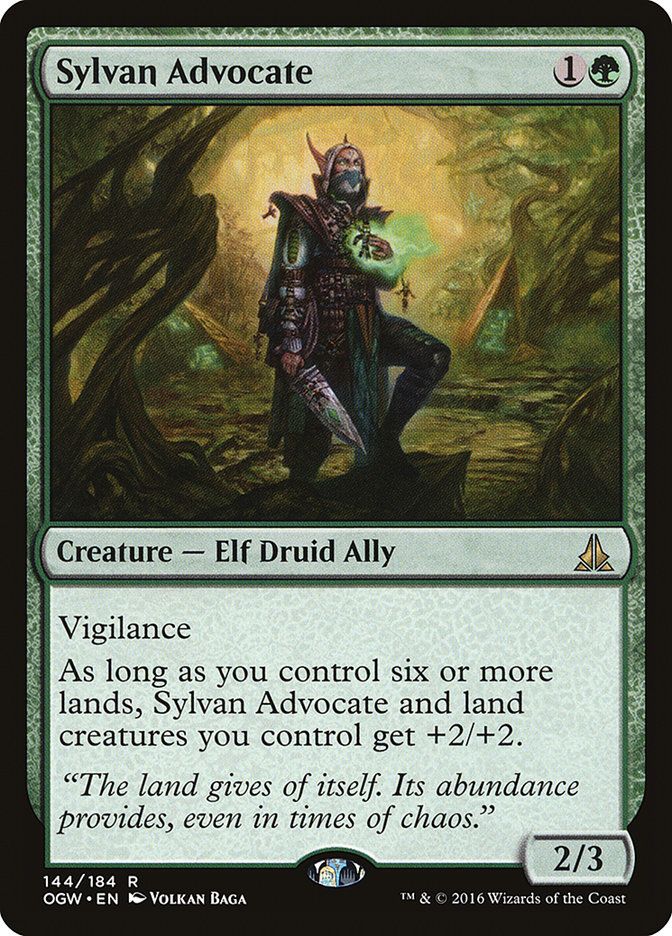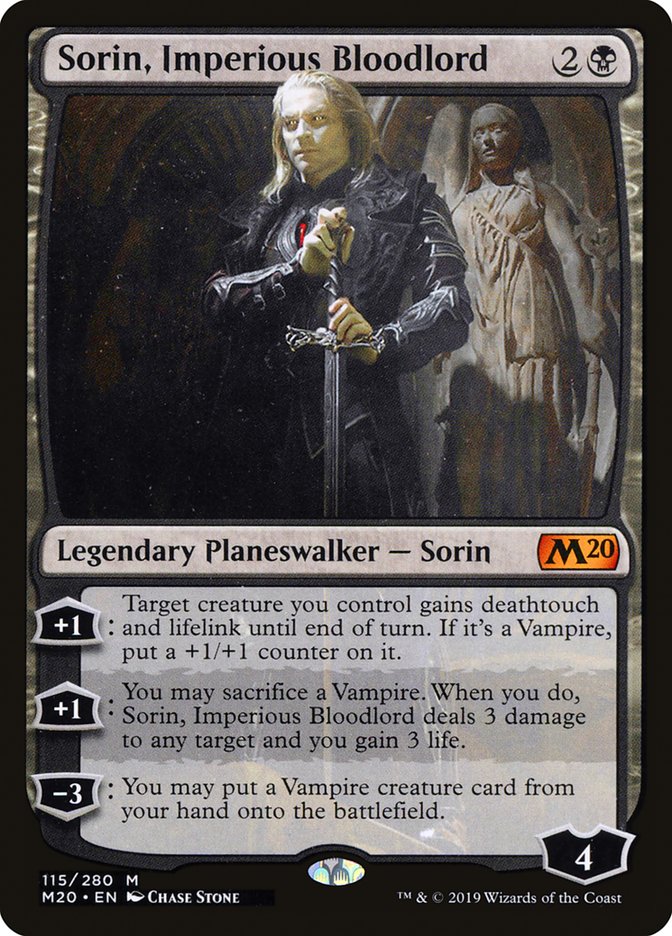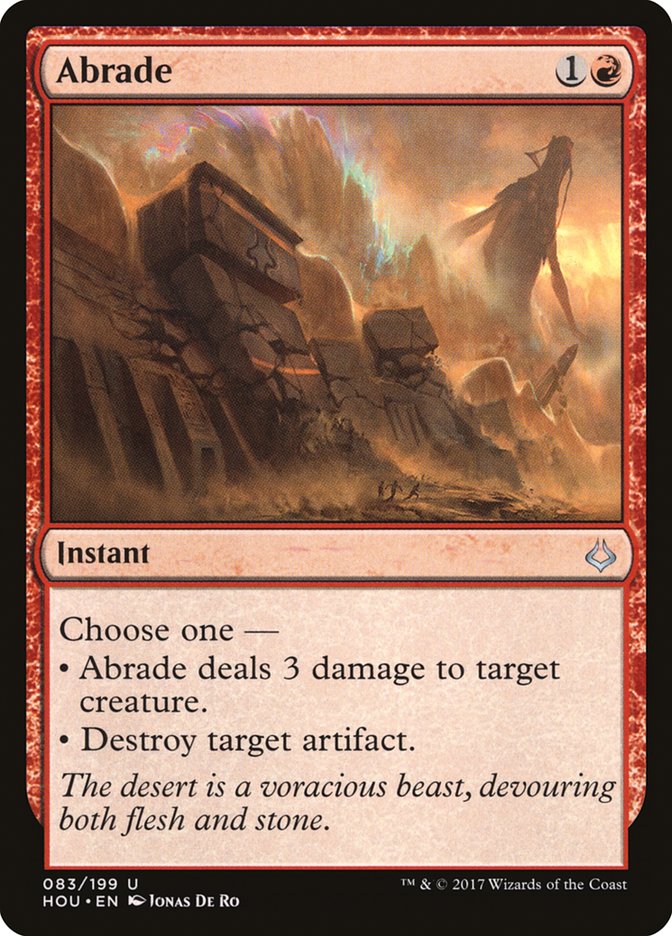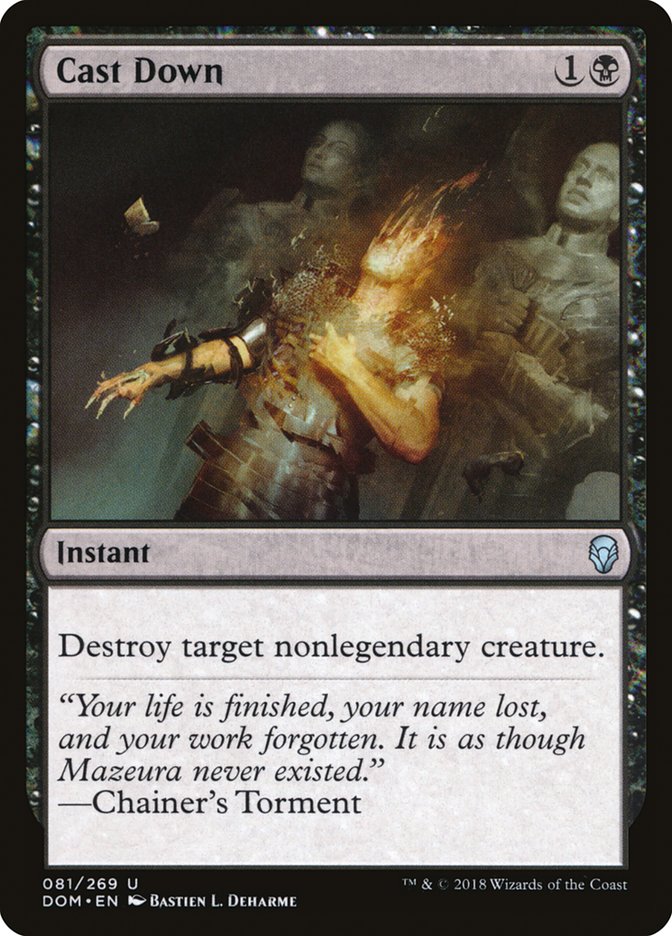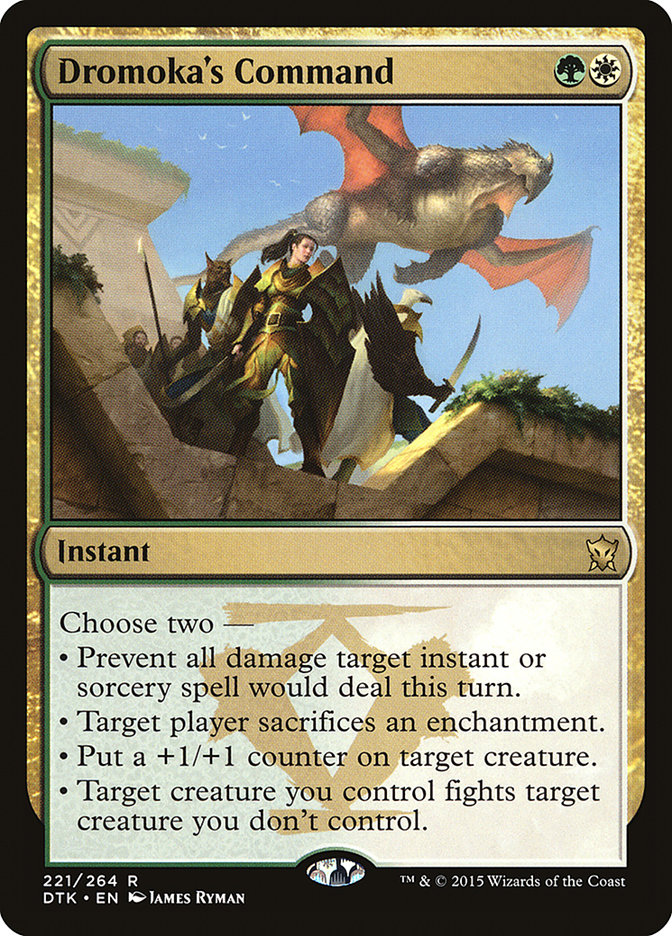Magic is great.
Seriously, I love this game. There’s a ton of pros and cons to being a professional Magic player, which is why it would be foolish to continue pursuing it if I didn’t thoroughly enjoy my time doing it. That doesn’t mean I always feel this way, though. About once a year I, personally, find the game absurdly frustrating. So much so that I have to constantly question what I’ll write about, stream with, and even how much I want to play recreationally.
That time is always 8-Set Standard. That time is now.
So what does 8-Set Standard actually mean? Most of you lifers out there know exactly what it means, but Magic has been growing lately, which makes me believe a handful of readers haven’t experienced the ebb and flow of Standard’s size. The format goes between five, six, seven, and eventually eight sets that are legal in Standard. Right now, Standard is comprised of these eight sets:
- Ixalan
- Rivals of Ixalan
- Dominaria
- Core Set 2019
- Guilds of Ravnica
- Ravnica Allegiance
- War of the Spark
- Core Set 2020
Once the next set releases, the oldest four rotate out of Standard. So when Throne of Eldraine releases on October 4, Ixalan, Rivals of Ixalan, Dominaria, and Core Set 2019 all rotate out of Standard, leaving the other four sets to join the newest one and create Throne of Eldraine Standard.
This process usually shakes up Standard quite a bit and is often the most exciting time of the year, as players have grown tired of the 8-Set Standard format – especially when a two-year-old card dominated the format for its entire existence (I’m talking to you, Teferi, Hero of Dominaria!). Then as sets come out after Throne of Eldraine, we’ll see Standard grow from five sets to six, and eventually back up to eight before the process starts all over again.
Through the years, I’ve found five and six-set Standard to be the most fun. The decks tend not to be as streamlined, and the answers are more likely to do their jobs. When this is true, the format has more archetypes that are playable as well as more opportunities to discover cards that interact well within the metagame. There are aggressive, midrange, control, and even combo strategies that can flourish in a format that isn’t completely streamlined by a “perfect” aggressive-leaning strategy.
That isn’t the case when Standard is “fully charged” with eight sets. That’s when you see one or two decks becoming the best choices as they have the highest density of above-rate cards on their great curve and opposing strategies find it difficult to interact with them while deploying their own gameplan. These decks also have ways to create card advantage through minimal effort which is why they’re so dominant. They’re just “perfect form” decks – fast, powerful, consistent, and difficult to attrition out.
When this happens, the only real way to combat these strategies is to try to do something more powerful than them and interact minimally until your end-game appears.
Does this sound familiar? Because it should:
Creatures (14)
Planeswalkers (4)
Lands (28)
- 2 Forest
- 1 Plains
- 2 Island
- 2 Temple Garden
- 2 Breeding Pool
- 2 Hallowed Fountain
- 1 Glacial Fortress
- 1 Sunpetal Grove
- 1 Hinterland Harbor
- 1 Azorius Guildgate
- 1 Selesnya Guildgate
- 1 Simic Guildgate
- 2 Temple of Mystery
- 1 Thornwood Falls
- 1 Blossoming Sands
- 1 Field of Ruin
- 1 Memorial to Genius
- 1 Blast Zone
- 4 Field of the Dead
Spells (14)

Creatures (26)
- 3 Sanctum Seeker
- 4 Vicious Conquistador
- 4 Adanto Vanguard
- 4 Legion Lieutenant
- 3 Skymarcher Aspirant
- 4 Champion of Dusk
- 4 Knight of the Ebon Legion
Planeswalkers (4)
Lands (22)
Spells (8)
Sideboard

At this exact moment, these are considered the two best decks in Core Set 2020 Standard. One is an aggressive deck that’s clearly overpowered compared to other strategies (Orzhov Vampires) and the other is a “go over the top” strategy that interacts minimally (Bant Scapeshift). There might be other ways to attack these decks, like Andrew Cuneo’s MPL Weekly Dimir Control deck, but that’s an extreme risk in and of itself.
Creatures (3)
Planeswalkers (6)
Lands (25)
Spells (26)

Andrew may have cracked the code for the Pearl Division in MPL Weekly play, but I assume he didn’t. The deck does look scary on paper, though! It was clear to me that Vampires and Scapeshift were both great decks, and I assumed many would play them. I even tried to design a deck along the same vein, but mine looks much worse than his. It’s wicked fun, though!
Creatures (5)
Planeswalkers (8)
Lands (26)
Spells (21)

I guess I just didn’t need Nicol Bolas, huh?
Anyway, Andrew’s deck is still unproven to beat these decks at the time of me writing this article, but it’s a great example of what decks look like in 8-Set Standard when the format is being controlled by the two archetypes previously discussed. You have to ignore the other, bad decks in the metagame and completely focus on redundant levels of good interaction to make sure you can consistently deal with the threats and card advantage gained by the top decks.
While a lot of what I’m talking about just sounds like Magic all year round, it’s not. It’s faster and more powerful, and the games boil down to being on the play or drawing the “top end” of your deck way more often than in other times of the year. This usually means games play out similarly to one another, diluting the unique game experience that’s commonly found in Magic. You either do your thing or you don’t.
Creatures (25)
- 2 Knight of the White Orchid
- 4 Reflector Mage
- 3 Thraben Inspector
- 4 Thalia's Lieutenant
- 4 Tireless Tracker
- 4 Lambholt Pacifist
- 1 Duskwatch Recruiter
- 3 Thalia, Heretic Cathar
Planeswalkers (2)
Lands (25)
Spells (8)

Creatures (22)
- 2 Pia Nalaar
- 4 Bomat Courier
- 4 Scrapheap Scrounger
- 2 Kari Zev, Skyship Raider
- 2 Glorybringer
- 2 Hazoret the Fervent
- 2 Rekindling Phoenix
- 4 Goblin Chainwhirler
Planeswalkers (3)
Lands (25)
Spells (10)

The World Championships in 2016 and 2018 are perfect examples of what I’m talking about. Both tournaments were 8-Set Standard (2017 Worlds was only 5-Set), and both winning strategies have parallels to Core Set 2020 Standard. For starters, both metagames were about as homogenized as the MPL Weekly Pearl Division. The best players in the world tried to beat the “best” deck in the format. Most failed at doing so in testing, causing them to just play the deck, and the rest of the field failed at doing so in the tournament itself, usually with decks that tried to interact minimally while trying to assemble a strategy that went over the top.
Creatures (18)
- 2 Pilgrim's Eye
- 2 Jace, Vryn's Prodigy
- 1 Nissa, Vastwood Seer
- 3 Emrakul, the Promised End
- 2 Wretched Gryff
- 3 Elder Deep-Fiend
- 2 Ishkanah, Grafwidow
- 3 Primal Druid
Lands (22)
Spells (20)

Creatures (16)
- 4 Angel of Invention
- 4 Minister of Inquiries
- 4 Champion of Wits
- 2 Sunscourge Champion
- 2 Lyra Dawnbringer
Lands (25)
Spells (19)

History just repeats itself, even when the cards are constantly changing. Bant Company is the same as Rakdos Aggro, and both are the same as Orzhov Vampires. The same can be said about Turbo Emrakul, Azorius Gift, and Bant Scapeshift. So the question becomes, “Why does this tend to happen?” To answer that, we need to first breakdown why decks like Bant Company, Rakdos Aggro, and Orzhov Vampires are so damn good.
I’ve already talked about how these decks have cards along the entire curve that are the most powerful things you can be doing, but that’s only one part of it. These decks also have mana sinks when they draw too many lands and built-in ways to deploy “expensive turns” even when they don’t have the perfect amount of lands available. The similarities are actually shocking when you really think about it.
I could go on and on, but it’s not really going to prove anything, as you either believe me or you don’t. If you don’t believe me, you’ll probably think Orzhov Vampires isn’t as good as these older decks, which you’d most likely be correct about. It is just a tribal deck, after all, with some very pushed cards. But that doesn’t change the fact that it probably checks enough boxes to join in the “busted 8-Set deck” club, though.
Seriously, Sorin is a disgusting card.
Trends exist in Magic whether you want to believe in them or not. History does repeat itself and odds are that Orzhov Vampires is the best deck in the format and it will continue to be until rotation. Someone, somewhere, might find a deck that beats it for a week, but it’s incredibly likely that Orzhov Vampires has the tools to adjust to it for the following week. We’ve seen that in the past as well.
I could be wrong, as it is still somewhat early in the format, but my job here at Star City Games is to give you the best information I possibly can. My advice for you is to just play the best deck in 8-Set Standard and find ways to tune it as the format evolves. That deck is Orzhov Vampires and there’s a ton of tuning that can be done. If you want to win your next big event, I highly suggest playing it.
Here’s my current list, but by no means do I think I’ve cracked the code or anything. Good luck!
Creatures (25)
- 2 Sanctum Seeker
- 1 Vona, Butcher of Magan
- 3 Vicious Conquistador
- 4 Adanto Vanguard
- 4 Legion Lieutenant
- 3 Skymarcher Aspirant
- 4 Champion of Dusk
- 4 Knight of the Ebon Legion
Planeswalkers (4)
Lands (22)
Spells (9)
Sideboard




